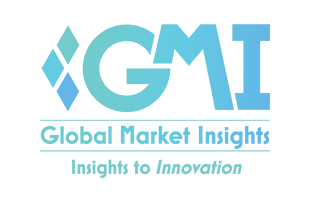Captive Chemical Hydrogen Generation Market Growth Trends and Drivers
Key Ideas
- Captive Chemical Hydrogen Generation Market valued at USD 74.9 billion in 2023, expected to grow at a CAGR of 6.2% from 2024 to 2032, driven by the need to reduce dependency on external suppliers and mitigate risks.
- Advancements in electrolysis and steam methane reforming technologies are enhancing clean fuel production efficiency and sustainability, contributing to economic feasibility and attractiveness of on-site hydrogen generation.
- Rising demand for clean fuel in countries like China, India, and Japan, along with U.S. federal support for hydrogen, is propelling market growth, with the Asia Pacific market predicted to reach USD 88 billion by 2032.
- Major industry players like Air Liquide, Linde plc, and Yara International are investing in advanced electrolyzer technology and forming strategic partnerships to scale captive hydrogen production and decarbonize operations.
The Captive Chemical Hydrogen Generation Market is on a growth trajectory, valued at USD 74.9 billion in 2023 and set to expand with a CAGR of 6.2% from 2024 to 2032. Companies in the chemical industry are increasingly focusing on reducing their reliance on external suppliers by generating hydrogen on site within their manufacturing facilities.
The market is being driven by the need to mitigate risks associated with fluctuating hydrogen prices and supply chain disruptions. Advancements in electrolysis and steam methane reforming technologies are playing a significant role in improving clean fuel production efficiency and sustainability, making on-site hydrogen generation more economically feasible.
The Asia Pacific region, particularly countries like China, India, and Japan, is witnessing a surge in demand for clean fuel, boosting the adoption of captive chemical hydrogen generation. In the U.S., federal support for hydrogen as part of the clean energy transition is a major driver for the market, with initiatives like the Hydrogen Shot aiming to cut production costs by 80% by 2030.
Major industry players such as Air Liquide, Linde plc, and Yara International are investing in advanced electrolyzer technology and renewable energy integration to produce low-carbon hydrogen for chemical processes. Strategic partnerships between these key players and chemical companies are accelerating market entry and infrastructure development. The positive sentiment towards hydrogen generation is highlighted by Yara International's recent inauguration of a renewable hydrogen plant in Norway, emphasizing the industry's commitment to sustainability.
Topics
Asia
Renewable Energy
Sustainability
Market Analysis
Clean Fuel
Investments
Carbon Footprint
Chemical Industry
Business Landscape
Latest News
